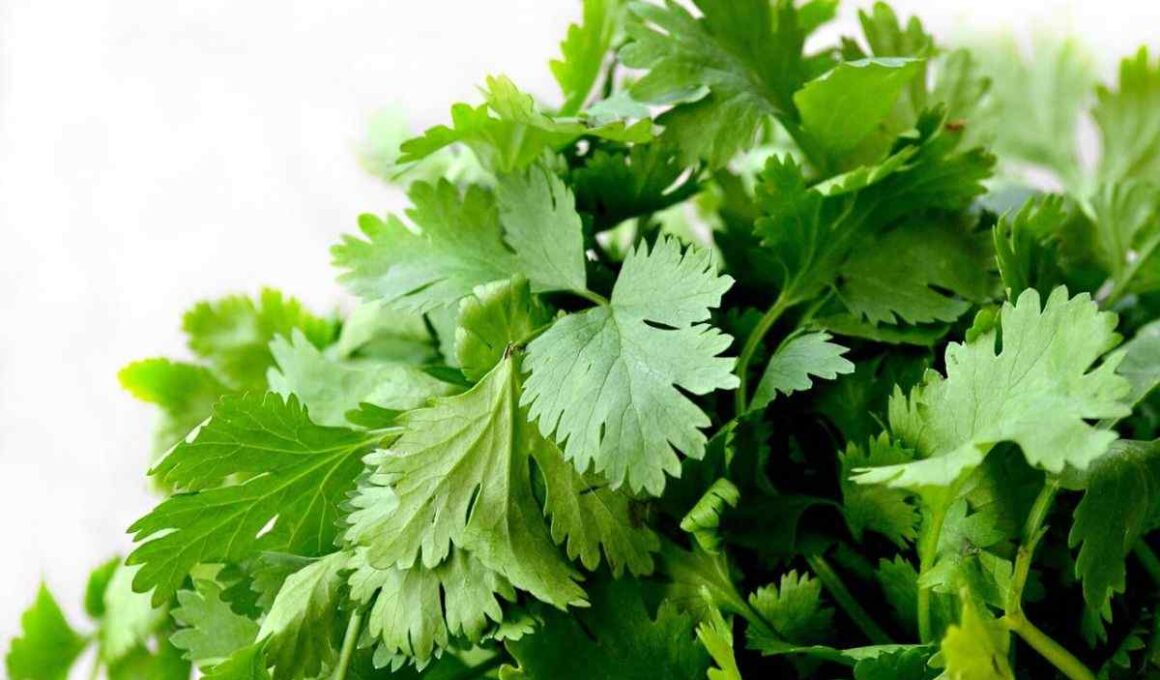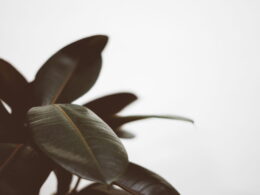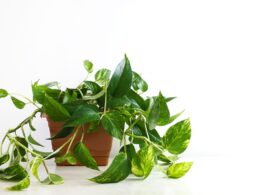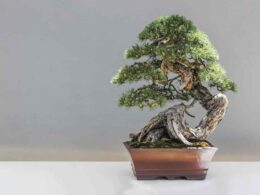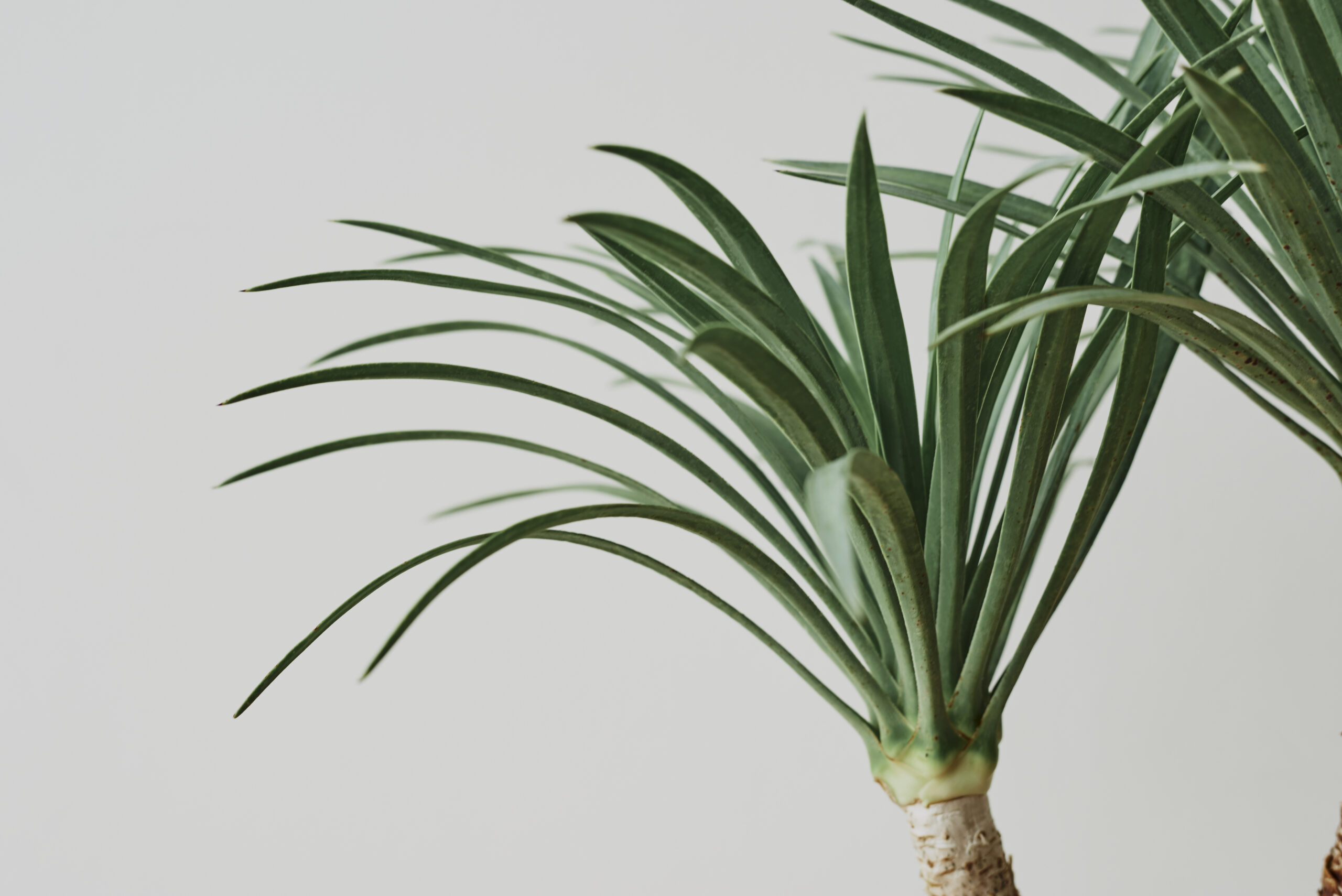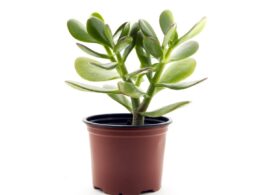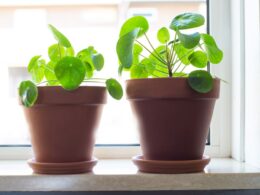What Is Cilantro (Coriander)? Characteristics of the Species
Before we break down how to grow cilantro indoors, let’s get to know it a bit. Cilantro (Coriandrum sativum) is an annual herb in the family Apiaceae. It’s also known as coriander, Chinese parsley or dhania. Cilantro grows in regions spanning from Southern Europe to Western Asia. It grows to 20 inches in height and has hollow, deeply divided leaves.
All parts of the plant are edible, but it’s the leaves and seeds that are commonly used in cuisines throughout the world. The leaves are rich in vitamin C and other nutrients. Cilantro is used both as a fresh herb and as a dried spice.
The fresh leaves are seldom used in cooking because they lose their flavor quickly when exposed to heat; however, they are often used as a garnish or as an ingredient in salads, salsas, guacamole and other dishes. The dried seeds are used as a spice in curries, chili powder and garam masala.
When to Plant Cilantro Seeds Indoors?
The best time to plant coriander seeds indoors is in late winter or early spring. Cilantro can also be planted directly into the ground once the danger of frost has passed. However, the plants grown in your garden won’t do well indoors when transplanted. So, if you want to have indoor cilantro in a pot, it’s best to start it there and never move it outside.
How to Grow Cilantro Indoors From Seed?
Now that you know a bit about the plant, let’s get into how to grow cilantro indoors. The process is pretty simple and only requires a few supplies:
- cilantro seeds;
- a pot with drainage holes;
- potting soil;
- a sunny windowsill or grow light (optional).
To start, fill your pot with potting soil and sow the cilantro seeds about ¼ inch deep. Then, water the soil until it’s moist. Be careful not to overwater, as this can cause the seeds to rot.
Once the seeds have been planted, place the pot on a sunny windowsill or under a grow light. Cilantro needs full sun to grow properly, so make sure it gets at least six hours of sunlight per day.
What to Do Once Your Coriander Sprouts
You should see the cilantro seeds sprout within one to two weeks. Once they’ve germinated, thin out the seedlings so that only the strongest plants remain. Cilantro doesn’t like to be crowded, so make sure each plant has enough space to grow.
Water your cilantro plants regularly, keeping the soil moist but not soggy. Cilantro is a pretty drought-tolerant plant, so you don’t need to water it every day. Just make sure the soil isn’t allowed to dry out completely.
Fertilize your cilantro every two weeks with a half-strength solution of balanced water-soluble fertilizer. This will help it grow strong and healthy.
The Best Potting Soil for Coriander
When growing cilantro indoors, it’s important to use a high-quality, slightly acidic (pH 6.2 to 6.8) potting soil. Cilantro is a delicate plant, so it doesn’t do well in heavy or dense soils. A light and airy potting mix will help the roots get the oxygen they need to stay healthy.
You can either buy potting soil from your local garden center or make your own. To make your own potting soil, mix together:
- one part perlite;
- one part vermiculite;
- one part compost.
This potting mix will help your cilantro plants grow well. It’s also a good mix to use for other herbs, such as basil and oregano.
Pests and Diseases to Watch Out for When Growing Cilantro Indoors
Coriander is a pretty tough indoor plant. If you follow the above guide on how to grow cilantro indoors, you have nothing to worry about. However, it can be susceptible to pests and diseases if it’s not cared for properly. Here are a few problems to watch out for:
- Aphids. These small, green insects suck the sap from cilantro plants, which can weaken and stunt their growth.
- Downy mildew. This fungal disease causes the leaves of cilantro plants to develop yellow spots. The spots eventually turn brown and the leaves drop off.
- Fusarium wilt. This fungal disease causes the leaves of cilantro plants to turn yellow and wilt. It can eventually kill the plant if it’s not treated.
To prevent pests and diseases from attacking your cilantro plants, make sure they have enough space to grow and get plenty of sunlight. Also, water the plants at the base so that the leaves don’t stay wet. Wet leaves are more susceptible to fungal diseases.
Growing Cilantro From Cuttings
If you have a friend or neighbor who grows cilantro, you can take cuttings from their plants to start your own. How to grow cilantro indoors from cuttings? First, cut off a few inches of stem from a healthy cilantro plant. Make sure the cutting has at least two sets of leaves.
Then, dip the bottom of the cutting in rooting hormone, then plant it in a pot of moist potting soil. Place the pot in a warm, sunny spot and water it regularly. The cutting should take root within two to three weeks.
When and How to Harvest Cilantro Leaves
You can start harvesting cilantro leaves when the plants are 10-12 inches tall. Cut the leaves off at the base of the plant using a sharp knife or gardening shears. You can also just snip off the leaves as you need them.
Cilantro leaves are best used fresh, but you can also store them in the fridge for a few days. To do this, wrap the cilantro in a damp paper towel and place it in a plastic bag.
Enjoy Your Fresh Cilantro Herb!
Now you know how to grow cilantro indoors! With a little effort, you can enjoy the fresh herb year-round. What are you going to use it for? Share your favorite recipes in the comments below!





